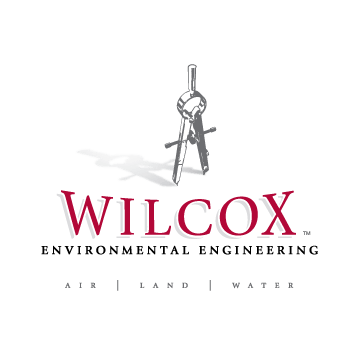In the March 21, 2011 Federal Register there are FOUR new Final Rules that have an impact on many businesses and municipalities. One of these new rules applies to facilities that operate Sewage Sludge Incineration Units.
40 CFR Part 60 – Standards of Performance for New Stationary Sources and Emission Guidelines for Existing Sources: Sewage Sludge Incineration Units; Final Rule
This rule applies to facilities that operate sewage sludge incinerators (SSI). Usually these units are operated by wastewater treatment facilities designed to treat domestic sewage sludge.
Testing & Monitoring Requirements
The new rule requires that all new and existing SSI units demonstrate initial and annual compliance with the emissions limits using EPA-approved emission test methods. The emission limits for new and existing SSI Units can be found at http://edocket.access.gpo.gov/2011/2011-4491.htm.
Existing SSI Unit requirements include initial and annual emissions performance tests (or continuous emissions monitoring (CEMS) or continuous sampling as an alternative), bag leak detection systems for fabric filter (FF) controlled units, continuous parameter monitors, and annual inspections of air pollution control devices, if they are used to meet the emissions limits. Existing units are also required to conduct Method 22 visible emissions test of the ash handling operations during each compliance test.
For new SSI units, the NSPS requires initial and annual emissions performance tests (or continuous emissions monitoring or continuous sampling as an alterative), bag leak detection systems for FF controlled units, as well as continuous parameter monitoring and annual inspections of air pollution control devices that may be used to meet the emission limits. All new SSI units must install a carbon monoxide (CO) CEMS. Operators of new units are also required to conduct Method 22 visible emissions testing of the ash handling operations during each compliance test.
Training Requirements
Owners or operators of new or existing SSI units are required to meet operator training and qualification requirements which include:
- Ensuring at least one operator or supervisor per facility complete the operator training course
- That qualified operator(s) and supervisor(s) complete an annual refresher course as specified in the regulation
- Maintain plant –specific information, updated annually, regarding training
Other Requirements
Owners or operators of new SSI units are required to conduct a siting analysis, which includes submitting a report that evaluates site-specific air pollution control alternatives that minimize potential risks to public health or the environment, considering costs, energy impacts, non-air environmental impacts, and any other factors related to the practicability of the alternatives.
Owners or operators of new or existing SSI units are required to submit a monitoring plan for any continuous monitoring systems or bag leak detection system used to comply with the rule. Also a monitoring plan for the ash handling system that specifies the operating procedures which will be followed to ensure that they meet the fugitive emission limit must be submitted.
Recordkeeping & Reporting Requirements
Records of the initial and all subsequent stack tests, deviation reports, operating parameter data, continuous monitoring data, maintenance and inspections of the air pollution control devices, the siting analysis (for new units only), monitoring plan and operator training and qualifications must be maintained for five years.
Title V Permit Requirements
All new and existing SSI units regulated by the final SSI rule are required to apply for and obtain a Title V Permit. The deadline for permit application depends on when the source first becomes subject to the relevant Title V permit program.
